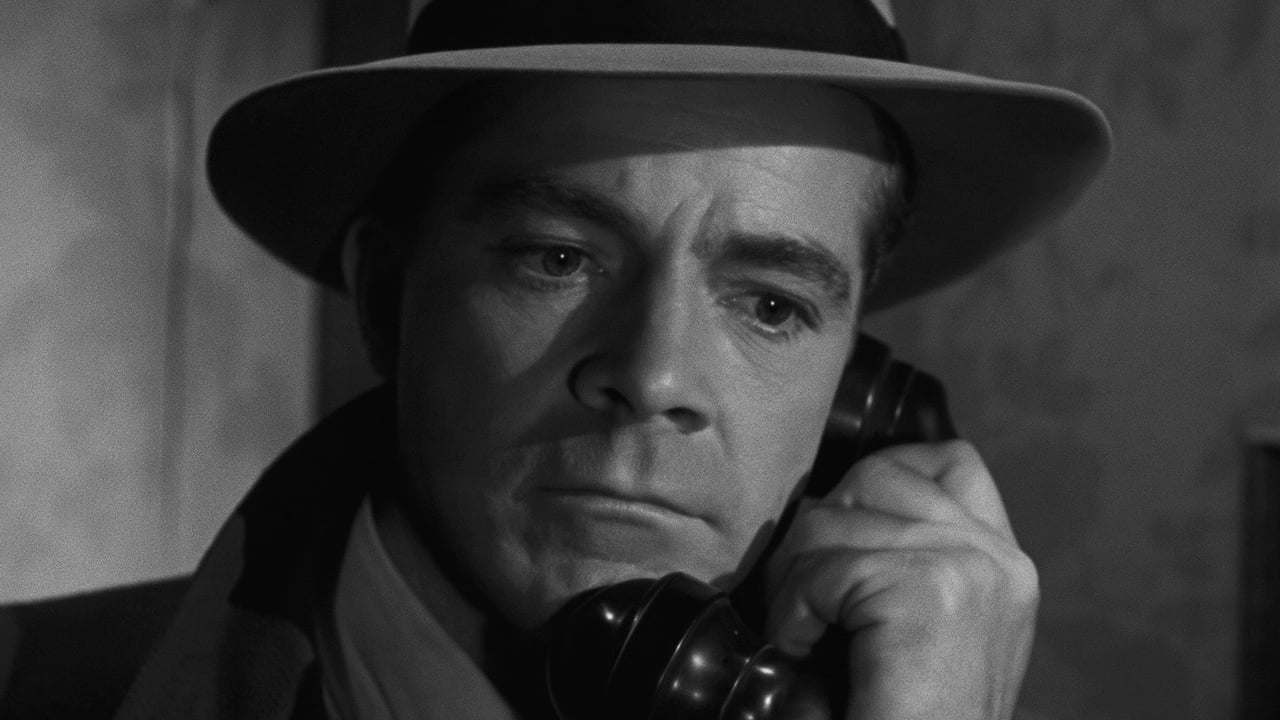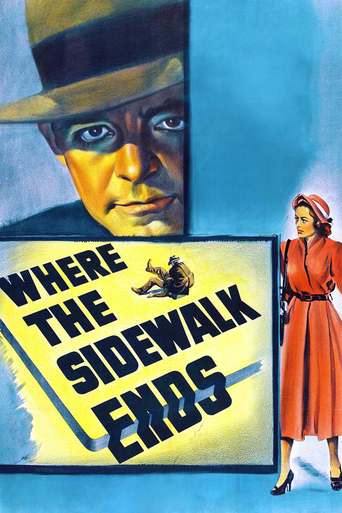

Splendid virtuoso noir film of only superior qualities right through, while names like Ben Hecht as the script writer, Otto Preminger's direction, Gene Tierney and Dana Andrews guarantee something truly worth while. The story is typically bleak: a police officer will do anything to clear himself from the stain of his father's criminal record and constantly overdoes it, and it's his melancholic destiny this film is all about. Does he get through as an honest man, although he commits terrible mistakes? His comfort is Gene Tierney, who stands by him mainly because of his flaws. Above all, the script is brilliant in its subtlety, an intricate web of destiny's awesome mechanisms, which reach an impressing finale with Andrews' final confrontation with the typically abominable villain chief, who doesn't deserve anything less than being butchered, which Andrews is indeed entitled to do, but, of which Andrews is the expert, he has to control himself although you can feel his inside fury. Top score, especially for its atmospheric settings and brilliant script.
... View MoreI'm in the minority but this is a turgid noir entry. Andrews is so deadpan he's boring. Dialogue is borderline comical. Tierney's role is thankless & wasted. Lightning & street scenes are good but they can't compensate for how pretentious this film becomes. Special nod to a very young Neville Brand.The script is so far-fetched it leaves you incredulous. Cops did not converse in this manner. Who did? Karl Malden does the best he can with crass material. Curio film to see Gary Merrill too. Who soon married Bette Davis after working with her in All About Eve.No spoiler alert here but simply a summary to say this is a very odd film. I'm a fan of noir but there are so many better options than WTSE. In fact, I couldn't wait for this film to end.
... View More"Where the Sidewalk Ends" is film noir at its best: entertaining, well-acted and directed, with a very good plot and outstanding cinematography and character depiction. Based on the hardboiled crime novel "Night Cry" by William L Stuart (which I have not read), the film tells the story of 16th precinct New York police detective Mark Dixon (Dana Andrews). Dixon is somewhat unconventional in his working methods. He seems to want to punish criminals in addition to investigating them, an attitude that apparently springs from his relationship with his father who was a thief and who died when Dixon was 17 years old while trying to escape from jail. At the beginning of the film, Dixon is not only passed over for promotion because of his disruptive approach to his work but is also demoted. While investigating the death of a wealthy patron of an illegal crap game, he accidentally murders the principal suspect while trying to get information from him. He covers his tracks but, in doing so, inadvertently casts suspicion on an innocent taxi driver, who happens to be the victim's father-in-law. To complicate matters further, Dixon falls in love with Morgan (Gene Tierney), the taxi driver's daughter and the estranged wife of the man he has killed. Matters continue from there (but it would be inappropriate to say anything more about them).The acting in "Where the Sidewalk Ends" is superb. Dana Andrews and Gene Tierney give excellent performances and are ably supported by Karl Malden (who plays the detective who is promoted at Dixon's expense) and Gary Merrill (who plays Scalise, the crook who organised the illegal crap game that brought about the events depicted in the film). Andrews's performance skilfully elicits sympathy from the viewer for a character who is dogged by his antecedents and by the anguish and injury that his unconventional behaviour causes. The screenplay is very good indeed. And one of the many effective aspects of the film is its judicious use of its excellent score. Indeed, one of the notable features of "Where the Sidewalk Ends" is the comparative absence of music in important parts of the film. The opening credits, which consist primarily of a picture of a pair of feet walking along a pavement (sidewalk), have no musical accompaniment at all. There are some faults. A fight scene involving Dixon and Scalise and his fellow hoodlums seems amateurish in execution (many of the seemingly effective punches thrown make no contact whatsoever with their intended targets), even for a film made in 1950. And the optimistic tone of the conclusion jars somewhat. But, despite its faults, "Where the Sidewalk Ends" is a very clever, enjoyable and entertaining film. 8/10.
... View MoreI enjoyed this movie classic film noir movie. I was unaware what the movie was about when i started to watch. I was into the movie once i found out it was police scandal. It caught me off guard when Det. Dixon went to question Kenneth Paine about the murder of Mr. Morrison and when he hit Paine, Paine drops dead. From then on I was hooked. The plot was phenomenal, and the lighting was absolutely extraordinary. As it was a very dark thriller, the lighting played right into the story with dim streets and apartments. The lighting just added to the great thriller.I also enjoyed the punches thrown though some were really fake and the shouting and in your face Interaction of some characters.
... View More